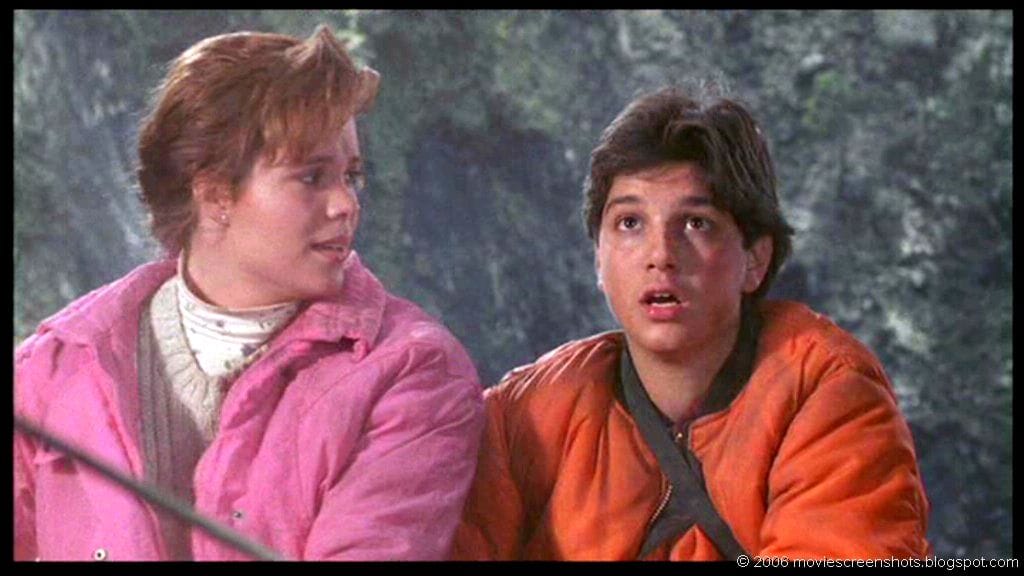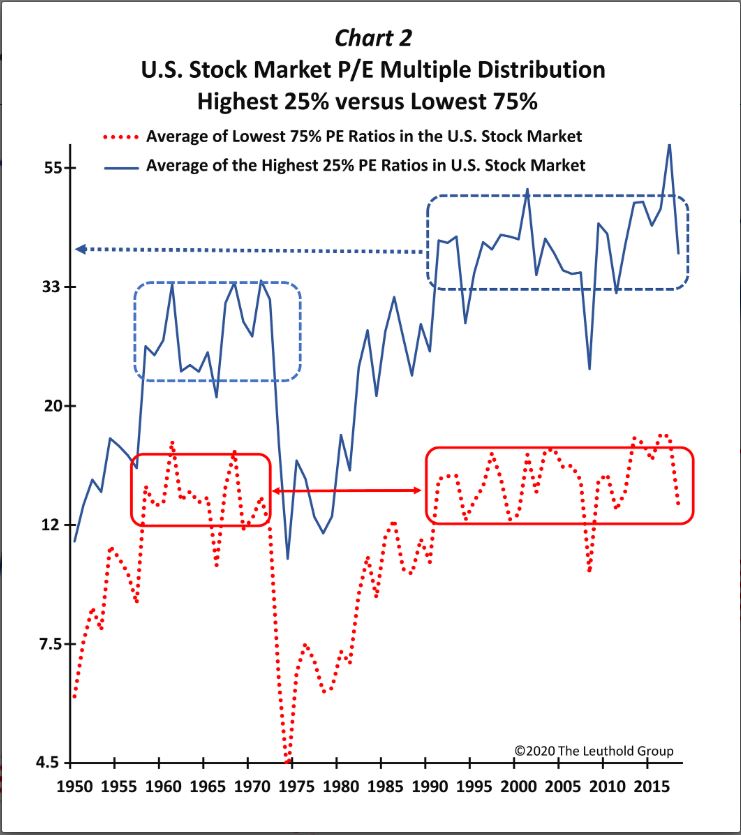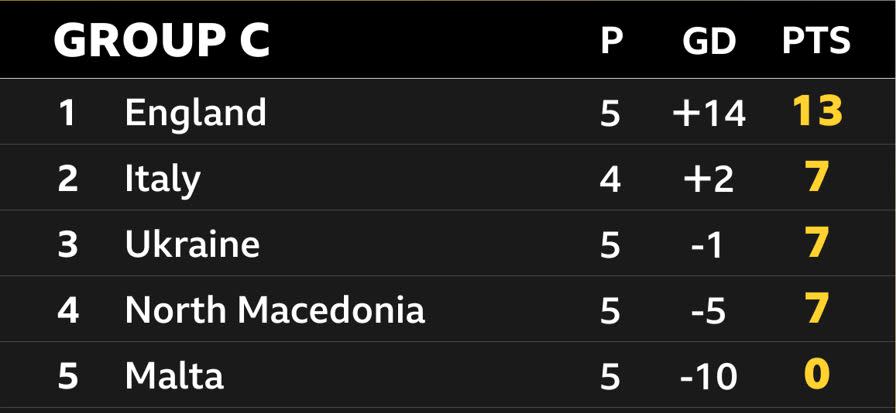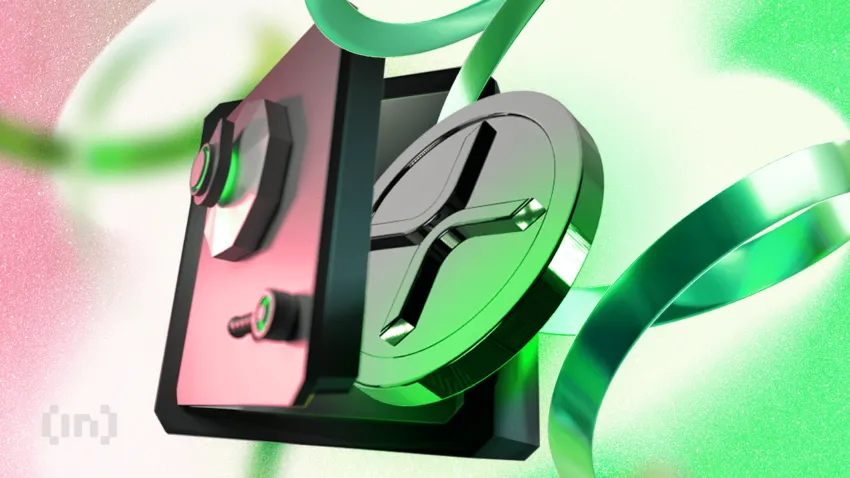The Karate Kid Part III: A Critical Examination Of Its Success And Shortcomings

Table of Contents
Narrative and Plot: A Departure from the Original's Simplicity
Compared to the straightforward, coming-of-age story of the first two films, The Karate Kid Part III presents a more complex, albeit arguably convoluted, plot. The simpler, almost fable-like narrative of the earlier movies is replaced with a more intricate, multi-layered storyline.
-
Terry Silver's Introduction: The introduction of Terry Silver as the main antagonist significantly alters the dynamic. He's a far more complex and manipulative villain than John Kreese, adding layers of deception and strategic planning to the conflict. This complexity, while offering a different kind of threat, sometimes overshadows the core themes of the previous films.
-
Shifting Focus: The film shifts its focus away from Daniel's purely personal growth and places more emphasis on the All-Valley Karate Tournament. While the tournament remains central, the narrative becomes more about strategic planning and elaborate schemes than the personal journey of self-discovery seen in previous installments.
-
Subplots and Pacing: Several subplots are introduced, such as Daniel's strained relationship with Mr. Miyagi and the complexities of his training regimen. While these add depth, they can also feel disjointed and contribute to a slightly uneven pacing, impacting the audience's overall engagement with the film.
-
Impact on Audience Engagement: The increased complexity, while ambitious, sometimes detracts from the emotional core that made the first two films so successful. The simpler narrative structure of the originals allowed for a more focused and impactful emotional journey for the main character.
Character Development: Exploring Depth and Regression
The Karate Kid Part III features noticeable shifts in character development, both positive and negative.
-
Daniel's Emotional Journey: Daniel's emotional journey in this film is more turbulent. While he faces significant challenges and internal conflicts, the portrayal sometimes feels less authentic and more melodramatic than in the previous films. His reliance on Mr. Miyagi is tested, leading to moments of frustration and rebellion.
-
Mr. Miyagi's Role: Mr. Miyagi's role is significantly altered. His usual wisdom and calm demeanor are challenged, revealing a more vulnerable side, and impacting his effectiveness as Daniel's mentor. This vulnerability, however, offers a glimpse into his own past traumas and contributes to a more complex portrayal of the character.
-
Terry Silver's Development: Terry Silver's development as a villain is one of the film's most successful aspects. His calculated ruthlessness and manipulative tactics make him a compelling antagonist, even more so than Kreese. His motivations, though rooted in revenge, are explored to a degree previously unseen in the series’ villains.
-
Other Characters: The supporting characters, notably Kumiko, are given less screen time, impacting their overall development and contribution to the film's narrative.
The Impact of Terry Silver: A Villain for the Ages?
Terry Silver's impact on The Karate Kid Part III is profound. He elevates the stakes considerably, showcasing a level of calculated malice and strategic planning unseen in John Kreese.
-
Comparison to Kreese: While Kreese was a brute, Silver is a mastermind, operating from the shadows and manipulating events to his advantage. This makes him a more nuanced and, arguably, more effective villain.
-
Motivations and Believability: His motivations, born from a past betrayal, are believable and add a layer of depth to his character. His actions are less impulsive than Kreese’s, making him a more chilling and credible threat.
-
Tactics and Impact: His tactics are carefully planned and highly effective, pushing Daniel to his physical and emotional limits. This contributes to the film’s heightened tension and dramatic impact, even if some of his methods are overly elaborate.
Thematic Exploration: Beyond the Tournament
While the tournament remains a central element, The Karate Kid Part III explores deeper thematic concerns.
-
Redemption, Revenge, and Violence: The film grapples with themes of redemption, revenge, and the devastating consequences of unchecked violence. These themes are interwoven throughout the narrative, particularly in the contrasting character arcs of Daniel and Terry Silver.
-
Development of Themes: The film’s exploration of these themes is arguably more mature than in the previous films, examining the complexities of morality and the lasting impact of past actions.
-
Comparison to Previous Films: While the previous films touched upon these themes, The Karate Kid Part III delves deeper, presenting a more nuanced and complex portrayal of their consequences.
Box Office Success and Critical Reception: A Mixed Bag
The Karate Kid Part III underperformed at the box office compared to its predecessors, and critical reception was generally mixed.
-
Box Office Performance: While still financially successful, the film didn't reach the heights of the first two Karate Kid movies, indicating a shift in audience interest.
-
Critical Reviews: Critical reviews were largely negative, often criticizing the convoluted plot and over-the-top villain. Many felt it lacked the charm and emotional resonance of the original films.
-
Lasting Legacy: Despite its mixed reception, The Karate Kid Part III holds a place in the franchise’s history, particularly for the introduction of Terry Silver, a villain that continues to resonate with audiences. Its impact on the overall narrative arc, however, is arguably less significant than the first two films.
Conclusion
The Karate Kid Part III, while a departure from the simplicity and charm of its predecessors, offers a more complex narrative and deeper thematic exploration. While its convoluted plot and uneven pacing may have disappointed some audiences, the film successfully introduces a compelling villain in Terry Silver, and delves into more mature themes. The overall success of The Karate Kid Part III remains a matter of debate, but it undeniably contributes to the broader story of the franchise, albeit in a more controversial way. Ultimately, it's a film that rewards critical examination. What are your thoughts on The Karate Kid Part III? Share your critical examination in the comments below! For further exploration of the Karate Kid franchise, check out our related articles on the original film and its sequel.

Featured Posts
-
 Ep Why Dont You 12
May 07, 2025
Ep Why Dont You 12
May 07, 2025 -
 Bof A Why Stretched Stock Market Valuations Shouldnt Worry Investors
May 07, 2025
Bof A Why Stretched Stock Market Valuations Shouldnt Worry Investors
May 07, 2025 -
 Buducnost Svetoveho Pohara 2028 Kto Sa Kvalifikuje
May 07, 2025
Buducnost Svetoveho Pohara 2028 Kto Sa Kvalifikuje
May 07, 2025 -
 Proces Panstwowa Spolka Vs Dziennikarze Onetu O 100 Tys Zl
May 07, 2025
Proces Panstwowa Spolka Vs Dziennikarze Onetu O 100 Tys Zl
May 07, 2025 -
 Ovechkins First Nhl Goal Goaltenders Quest For A Signed Jersey
May 07, 2025
Ovechkins First Nhl Goal Goaltenders Quest For A Signed Jersey
May 07, 2025
Latest Posts
-
 Xrps 400 Surge Whats Next For The Crypto
May 08, 2025
Xrps 400 Surge Whats Next For The Crypto
May 08, 2025 -
 Xrp On The Brink Of A Record High Grayscales Sec Filing Impact
May 08, 2025
Xrp On The Brink Of A Record High Grayscales Sec Filing Impact
May 08, 2025 -
 Check The Latest Lotto Plus 1 And Lotto Plus 2 Results
May 08, 2025
Check The Latest Lotto Plus 1 And Lotto Plus 2 Results
May 08, 2025 -
 Check The April 12 2025 Lotto And Lotto Plus Results Here
May 08, 2025
Check The April 12 2025 Lotto And Lotto Plus Results Here
May 08, 2025 -
 17th April 2025 Daily Lotto Winning Numbers
May 08, 2025
17th April 2025 Daily Lotto Winning Numbers
May 08, 2025
